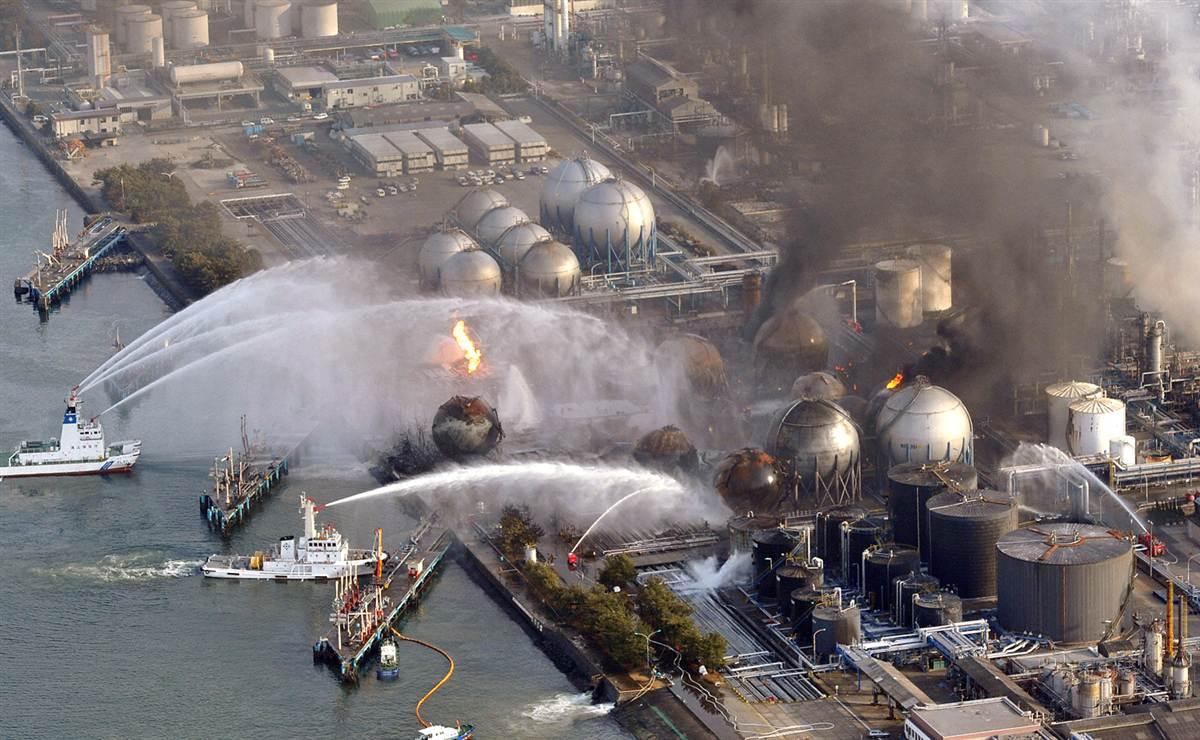
More About Fukushima nuclear disaster
On March 11, 2011, the largest earthquake ever recorded in Japan causes massive devastation, and the ensuing tsunami decimates the Tōhoku region of northeastern Honshu. On top of the already-horrific destruction and loss of life, the natural disaster also gives rise to a nuclear disaster at the Fukushima Daiichi nuclear plant. The Fukushima disaster is considered the second-worst nuclear disaster in history, forcing the relocation of over 100,000 people.
During the emergency, each of the three operational nuclear reactors at the Fukushima plant shut down successfully, but the backup power and cooling systems failed. As a result, residual heat caused fuel rods in all three reactors to partially melt down. As crews searched the rubble for survivors and the nation reeled from the earthquake and ensuing tsunami, the nuclear disaster unfolded over the course of several days. Reactors 1 and 3 exploded on March 12 and 14, respectively, prompting the government to evacuate everyone within a 20km radius. Another explosion in the building housing Reactor 2 on March 15 released even more radiation, and thousands of people left their homes as workers used helicopters, water cannons and seawater pumps to try to cool the overheating facility.
The full extent of the fallout became apparent over the ensuing months, with the government eventually evacuating all residents within a 30km radius of the plant. No deaths were initially attributed to the incident, although this was of little comfort to the 154,000 who were evacuated or the loved ones of the more than 18,000 people who lost their lives as a result of the earthquake and tsunami. Some have suggested that such a large evacuation was not necessary, as radiation levels appear to have dropped below what was expected in the immediate wake of the accident.
Though many were able to return to their homes, a 371-square-kilometer “difficult-to-return zone” remains evacuated as of 2021, and the true toll may not be known for decades. In 2018, the government announced that former plant worker who had served during the meltdown was the first death officially attributed to radiation from the disaster, which today is considered second only to Chernobyl in the ranking of infamous nuclear incidents.
Did you know you can follow any of our 175 Special Interest calendars and stay informed better than ever before? See them here. You can also create your own public or private calendar here. Post events to your calendar and ours at the same time! Terms and conditions may vary based on the policies of your local Town Planner publisher.
To learn more, watch our intro video!